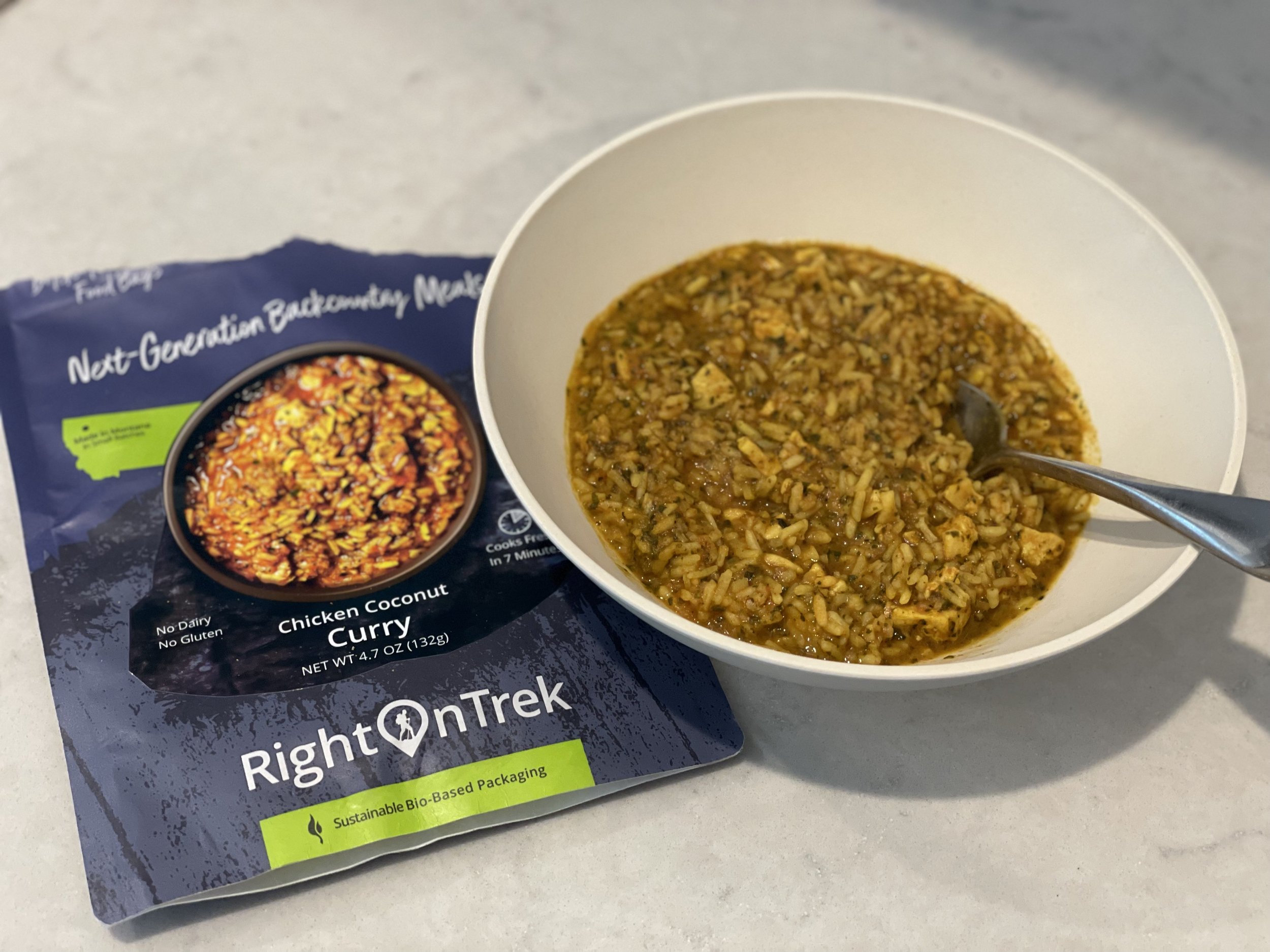
According to an Expert
Camping Cooking Hacks to Help You Make Great Meals in the Field
Arguably, the most important factor for a fun and successful camping trip – especially when you’re camping with kids – is a comfortable, cozy sleeping setup. If no one gets any rest, no one has any fun and no good memories are made.
A close second in terms of importance is, of course, food. The meals you cook at the campsite can be tasty, satisfying, and memorable, or they can be bland, boring, and best forgotten. We’ll assume you’re looking for some campsite cooking ideas more in line with the former, as we always are as well. Which is why we here at Dad Gear Review have spent a lot of time testing out various camp cooking gear, seeking out the best campsite recipes, and it’s why we have written about a lot of campsite cooking equipment already. (Not to mention dozens of other outdoor product reviews, of course.)
But while we have certainly done our share of campsite cooking and have tested and used all sorts of great backwoods cooking gear, we’re not going to call ourselves camp cooking experts. Which is why we decided to talk to someone who is.
Nick Sramek is, in his free time, an ice climber, a backpacker, a skier, and more. In his professional role, he is a photographer and digital assets manager with RightOnTrek, a company that produces some of the best quick prep meals we here at Dad Gear Review have ever eaten. And that’s saying a lot, because the collective “we” at DGR have eaten a lot of readymade campsite meals, and a lot of them are… well… best left out in the woods, shall we say. (Except not actually because Leave No Trace!)
Nick shared a few great campsite cooking tips and hacks, and yes, one of the best ideas in that regard is to bring along prepared camping meals. No, he didn’t say that directly, but we’re saying it, because we have not only enjoyed quick prep meals from RightOnTrek and a few other decent camping food brands, but we’ve also cooked up plenty of camping meals from scratch. In most cases, it’s not quite worth the effort when the shelf-stable food in the bag tastes just about as good!
Now to our chat with Nick Sramek.
What are the essential camp kitchen tools people should have with them in the backcountry?
“An essential (yet often overlooked) part of your backcountry kitchen kit is your cleaning gear,” Nick said. “I always carry a small food scraper and dish rag with me. These tools are great, even for a particularly messy pan. The scraper allows you to scrape any leftover food residue, which you can either eat or toss in your garbage bag to pack out. The dish rag can be used to strain dirty water over a sump or to rub off any greasy spots on your dishes.”
What are a few essential ingredients to have on hand when camping or trekking?
“Spices are great, and weigh virtually nothing,” Nick answered. “I’ve recently started bringing shredded parmesan mixed with red pepper flakes and Italian seasoning. It adds the perfect amount of bite to any meal! Another ingredient I carry around is chocolate. Adding some chocolate to your coffee or oatmeal in the morning is a great way to boost the morale of your group. Sometimes you have to treat yourself in the backcountry.”
What are a few camp cooking hacks?
“Lightweight titanium and aluminum pots and pans transfer heat extremely quickly. As a result of this, it can be easy to burn food on the bottom of your pan if you aren’t being careful. At RightOnTrek we’ve found a solution: beeswax. Rubbing some beeswax onto a warm pan creates a great non-stick texture. It’s easy and environmentally-friendly! In fact, RightOnTrek sends beeswax to all new customers who make their first meal purchase.”
What are common mistakes people make when cooking at the campsite or in the backcountry?
“Being sanitary is important in the backcountry kitchen, especially in a group setting. Bring a small bottle of hand sanitizer in your toiletries kit to split amongst the group. Another common mistake is having leftovers. The Leave No Trace mantra of ‘pack in, pack out’ applies to food waste, too. Leftovers don’t keep well in the backcountry, so make dishwashing easier and eat all of your food. Plus, you’ll be happy you had those extra few calories when you’re hiking the next day.”

